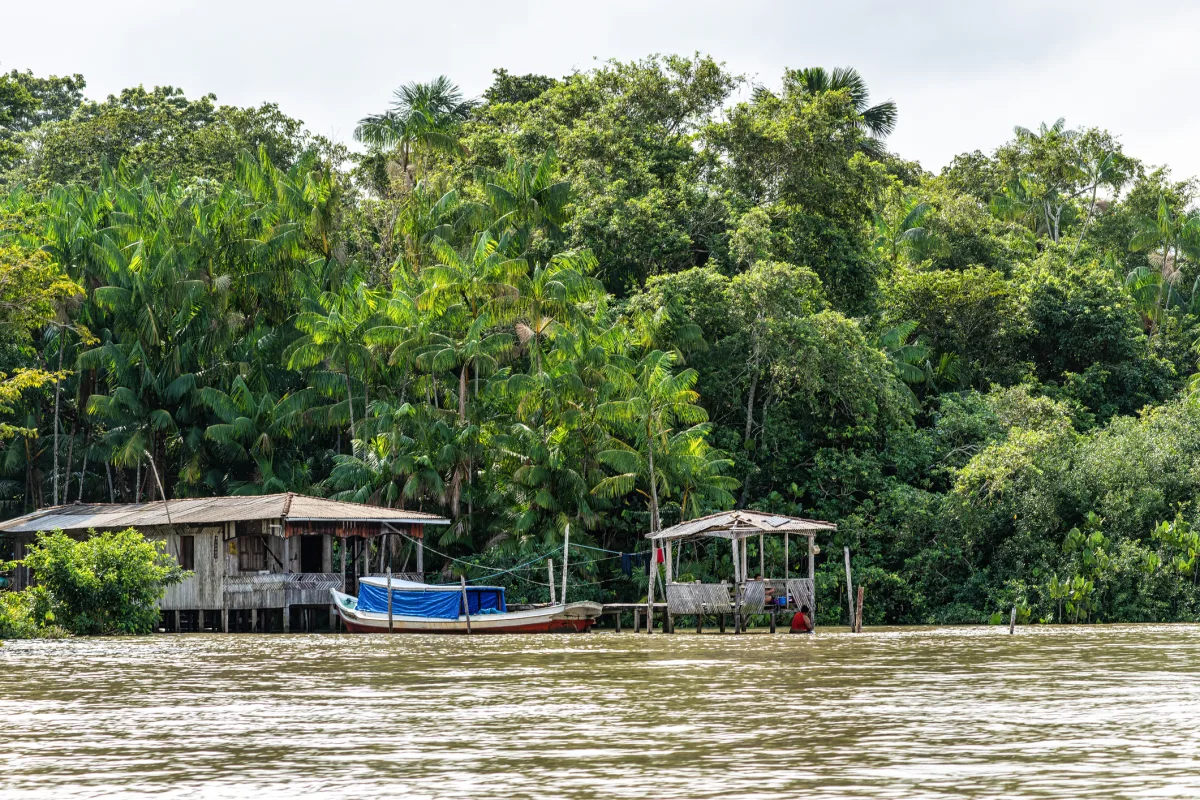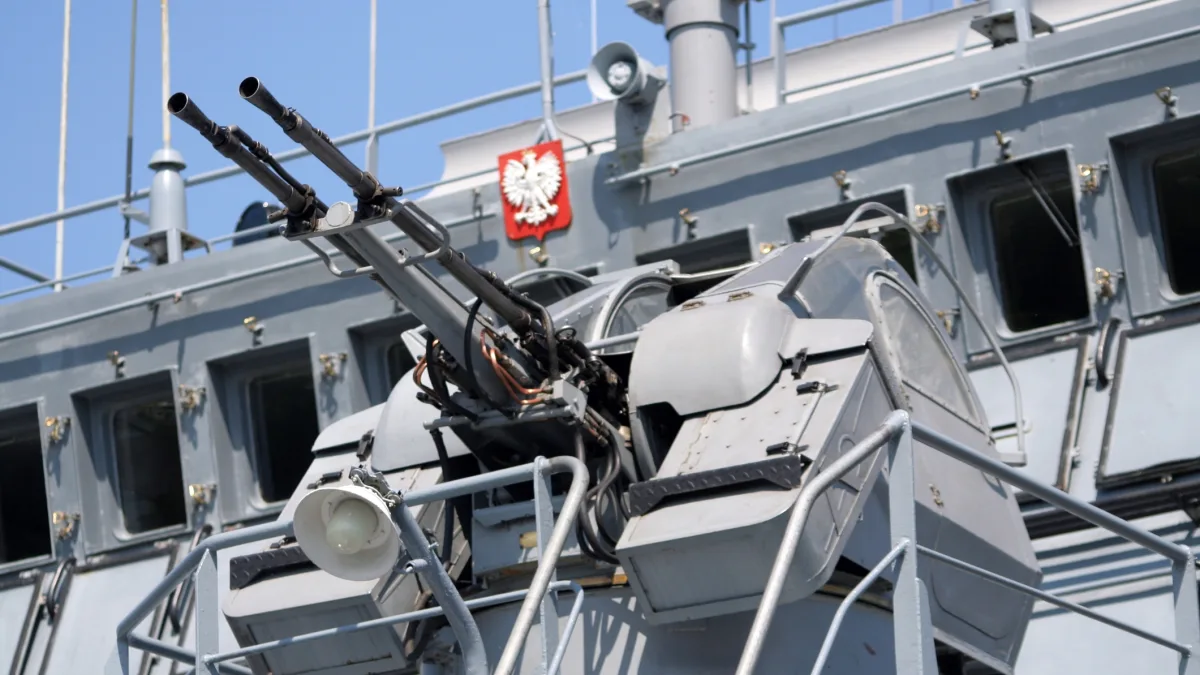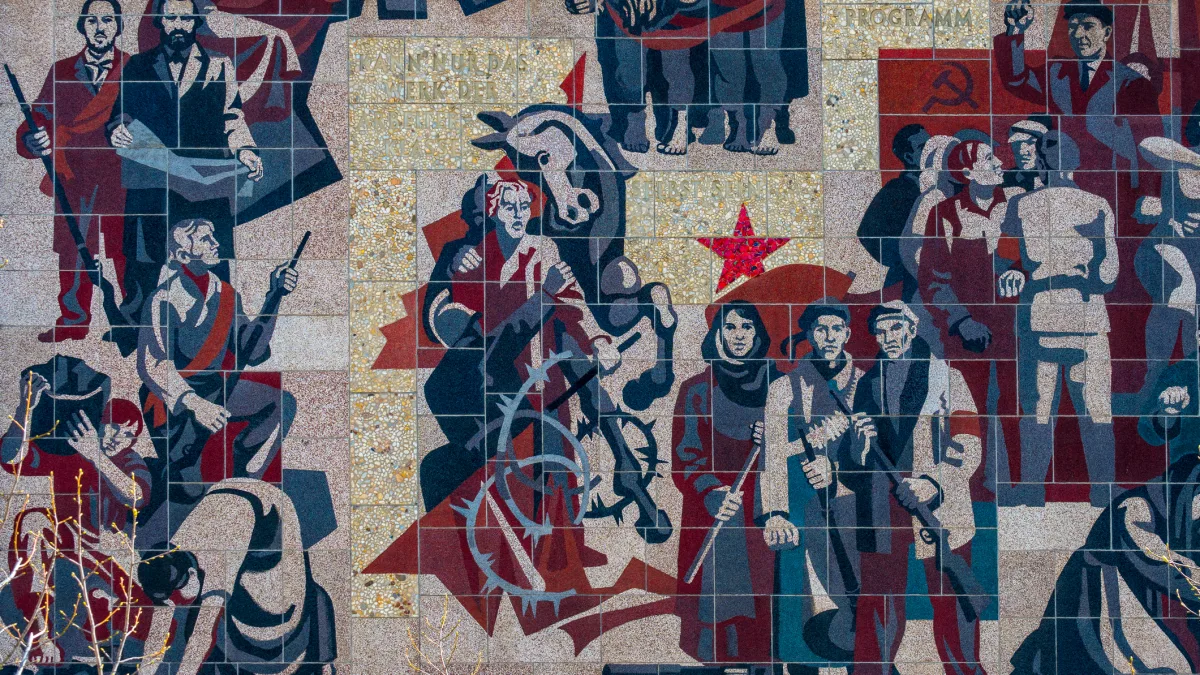In November, the world’s climate diplomats will descend upon Belém, Brazil, for COP30—the 30th Conference of the Parties to the United Nations Framework Convention on Climate Change.
Branded ‘COP Amazônia’, the gathering promises to place the rainforest centre stage in global climate discussions. It would be touching if it weren’t so absurd. To accommodate the expected 50,000 attendees, Brazil is constructing a four-lane highway slicing through tens of thousands of acres of protected Amazon rainforest. Nothing says ‘climate action’ quite like paving over the world’s largest carbon sink to host a conference about saving it.
This contradiction encapsulates a question that has haunted COP summits since the first gathering in Berlin in 1995: Are these elaborate diplomatic exercises anything more than talking shops?
Wishful thinking
After three decades of negotiations, the answer is uncomfortable. The conferences have produced some undeniable accomplishments—the Kyoto Protocol, the Paris Agreement, and countless technical frameworks for measuring and reporting emissions.
Nevertheless, global CO2 emissions have continued their relentless climb. Since the Paris Agreement was signed in 2015, emissions have reached record highs rather than declining. The planet has warmed approximately 1.25°C above pre-industrial levels, dangerously close to breaching the 1.5°C threshold that scientists warn would trigger catastrophic consequences.
When world leaders gathered in Paris a decade ago and agreed to limit warming to ‘well below 2°C’, they set a deadline that now appears to have been wishful thinking. In 2015, climate models estimated the world would breach 1.5°C in 2045. By 2023, that timeline had collapsed to 2034—a loss of 19 years in just eight. Current policies put the world on track for 2.5-2.9°C of warming by century’s end, far beyond what the Paris signatories promised. None of the 45 key indicators for limiting warming to 1.5°C are on track for 2030, according to the State of Climate Action 2025 report.
Promises and platitudes
To understand why, consider what COP conferences actually do. They are exercises in consensus diplomacy among 198 parties, where any final text must be agreed unanimously. This produces documents filled with carefully calibrated language—’encourages’, ‘invites’, ‘recognises the importance of’—that allow countries to claim progress whilst avoiding binding commitments. The summits operate on a five-year cycle of ever-more ambitious pledges, known as Nationally Determined Contributions. Yet by April 2025, only 19 countries had submitted updated NDCs, despite a February deadline.
The last COP, in Baku, Azerbaijan, illustrated the pattern perfectly. Billed as the ‘finance COP’, it was meant to establish how much money wealthy nations would provide to help developing countries tackle climate change. After fractious negotiations that ran 35 hours past deadline, rich countries agreed to 300 billion US dollars annually by 2035—less than a quarter of the 1.3 trillion US dollars that scientists say is needed. India’s representative called it a “paltry sum”; Nigeria deemed it an “insult”. Small island nations facing submersion from rising seas walked out in protest. The EU hailed it as ‘exceptional progress’.
This is the COP formula: developing nations demand what they need, developed nations offer what they’re willing to pay, and organisers declare victory whilst the planet continues to cook. The previous 100 billion US dollars target, set in 2009, wasn’t met until 2022—two years late. There is little reason to expect the new promise will fare better.
The petrostate problem
More troubling is whom countries have entrusted to lead these gatherings. COP28 in Dubai was chaired by Sultan Al Jaber, CEO of the Abu Dhabi National Oil Company. COP29’s president, Mukhtar Babayev, served as vice president for ecology at Azerbaijan’s state oil company SOCAR. Meanwhile, 2,456 fossil fuel lobbyists attended COP28—nearly four times more than at COP27, and far exceeding official representatives from scientific institutions, indigenous communities, and vulnerable nations.
Little wonder that prominent figures are calling for reform. In November 2024, a group led by former UN Secretary-General Ban Ki-moon, former Irish President Mary Robinson, and climate scientists published an open letter declaring that the COP process “simply cannot deliver the change at exponential speed and scale, which is essential to ensure a safe climate landing for humanity”.
They proposed excluding countries that don’t support phasing out fossil fuels from hosting duties, making conferences smaller and more frequent, and amplifying scientific voices. Al Gore was more succinct: having oil executives lead climate summits is “absurd” and a “direct conflict of interest”.
Not entirely fruitless
However, to dismiss COP as mere theatre would be unfair. The conferences have established crucial infrastructure for climate action. The Paris Agreement’s 1.5°C target—initially championed by vulnerable island nations and viewed as unrealistic—has become the benchmark against which all climate policy is measured. It spawned net-zero commitments from dozens of countries and concrete policy packages, such as the EU’s comprehensive climate legislation. Renewable energy investment has exceeded fossil fuel investment for two consecutive years. Solar and wind’s share of global electricity has tripled since 2015.
COP28 delivered the first Loss and Damage Fund to compensate vulnerable nations for climate impacts, and the first Global Stocktake assessing collective progress towards climate goals. Countries agreed to “transition away from fossil fuels” for the first time—though COP29 promptly failed to mention this commitment at all. As one veteran diplomat observed, “The process has already delivered.” Just not nearly enough, or nearly fast enough.
Belém’s burden
Which brings us back to Brazil and the symbolic weight resting on COP30. Scheduled for November 10-21, it coincides with the deadline for countries to submit enhanced 2035 climate plans. Brazil intends to launch the 125 billion US dollars Tropical Forest Forever Facility, rewarding nations for forest conservation. President Lula has promised zero Amazon deforestation—even as his government builds highways through the rainforest. The city of Belém, gateway to the Amazon, faces an accommodation crisis with Airbnb listings reaching almost 10,000 US dollars per day.
Meanwhile, 16 per cent of Belém’s population struggles with water shortages. Others lack access to basic sanitation. The broader Amazon has already lost 17 per cent of its forest cover and may be approaching a tipping point that could trigger biome-wide collapse. These are the contradictions that define COP summits: poor nations hosting wealthy delegations to discuss problems they didn’t create but suffer most from, in cities that lack the infrastructure to support them.
Will COP30 be different? The optimistic case notes Brazil’s historical leadership on climate issues and the symbolic power of hosting negotiations in the Amazon itself. The pessimistic case—supported by 29 previous COPs—suggests it will produce another round of insufficient commitments, wrapped in soaring rhetoric and undermined by exceptions for powerful interests.
Promises must be kept
Are COP conferences talking shops? Yes. Are they also the only global mechanism for coordinating climate action? Also yes. They have established targets, frameworks, and norms that have influenced national policies and corporate behaviour. But they operate at a glacial pace whilst the planet heats at an exponential rate. As UN climate chief Simon Stiell noted after COP29, the finance deal “only works if premiums are paid in full, and on time. Promises must be kept.”
Three decades on, the promises keep coming. The payments, less so. And the Amazon keeps burning, even as diplomats gather to discuss saving it. This is COP’s legacy: not quite a failure, but nowhere near success. Whether that changes in Belém may determine whether future conferences will be remembered as the forum that coordinated humanity’s response to its greatest challenge—or as the world’s most expensive talking shop, held annually whilst Rome burned.
Photo: Dreamstime.






